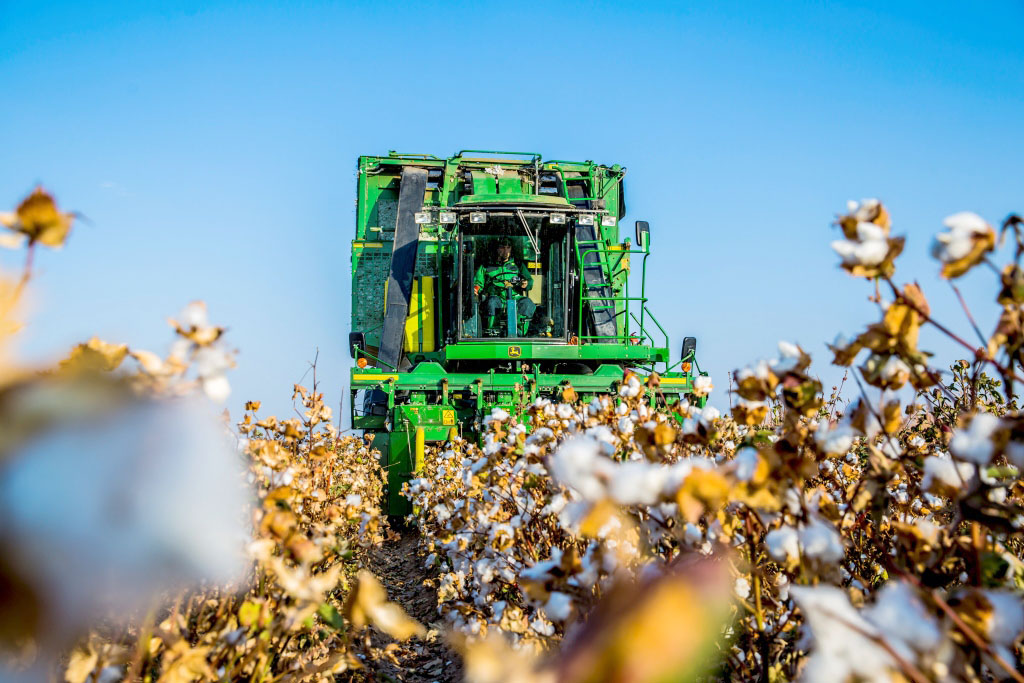Agricultural cooperation is the term that is used to denote an autonomous voluntary association of people who, by joint efforts, want to satisfy their own needs, primarily economic ones. However, such cooperation can pursue both cultural and social goals. The enterprise formed by them is subject to the laws of democracy and is jointly owned by all project participants. At present, our country has adopted a special federal law regulating the activities of such organizations. According to official terminology, cooperation exists horizontal and vertical.
The realities of our society
For persons interested in doing business in the field of agriculture, it is the form under consideration that represents the most convenient, promising, justified option. The experience accumulated over many decades shows that agricultural cooperation is the form that most steadily meets economic troubles and social troubles, while its participants retain their capabilities, property, and losses are minimal. This form of cooperation on the territory of our country was practiced back in the period of the empire, preserved under the power of the Soviets, and is relevant at present. In the Soviet era, modern cooperatives were called collective farms, recognized by laws, and encouraged by the authorities. At present, the name has changed, but the essence has largely remained the same.
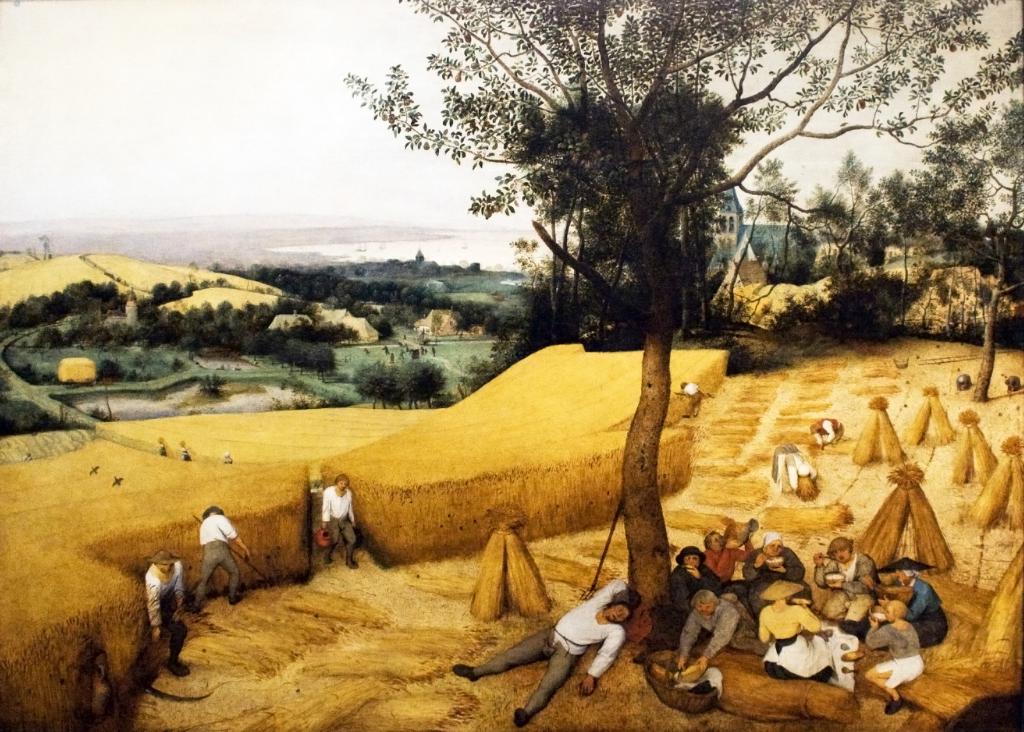
Persons who previously successfully participated in the work of the collective farm, with the departure from the realities of the life of the Soviet Union, were at first in a rather unpleasant situation of uncertainty. However, back in the last century, a law was passed on agricultural cooperation. 193 Federal Law (it was under this number that he saw the light of day) is the official basis for the functioning of modern cooperatives. However, although the cooperative is in many respects similar to the idea of a collective farm, there are also differences in the wording of the statutory documentation. As can be seen from practice, many Soviet collective farms simply edited the statutory documentation in accordance with the trends of the new era, while remaining faithful to the organizational form convenient for them.
Terms ...
To understand what agricultural cooperation is, it is important not only to be able to read the laws in the latest edition, but also to navigate in the essence of concepts. The word “cooperation” came to us from the Latin language and implies a form of activity when a certain group of people conducts business together. Cooperation is always cooperation, and the benefits of all participants are interrelated. Recently, in our country, the term has become widespread, as it well reflects the idea of combining funds, resources for joint business activities. Cooperation is the basis for the formation of an enterprise, a union of those. At the same time, those who wish join their efforts to solve similar problems facing them. There are even cooperations of an international level dealing with global issues. A good example is the protection of the nature of our planet.
... and concepts
Cooperation is a basic concept for a cooperative. Official terminology involves the division of the concept of “cooperation” into two aspects: cooperatives, associations thereof. An agricultural cooperative can be organized by farmers, workers or other producers. In a broader interpretation, anyone can create cooperation - from a group of schoolchildren to the military.It is important that all participants belong to a certain group of either producers or consumers of material value. The basic idea of such a formation is principles and values universally recognized by all participants. In fact, the association is a civic association, along with this - a business enterprise. A specific cooperative can be called an artel or a partnership, but from this the essence of the phenomenon will not be corrected.
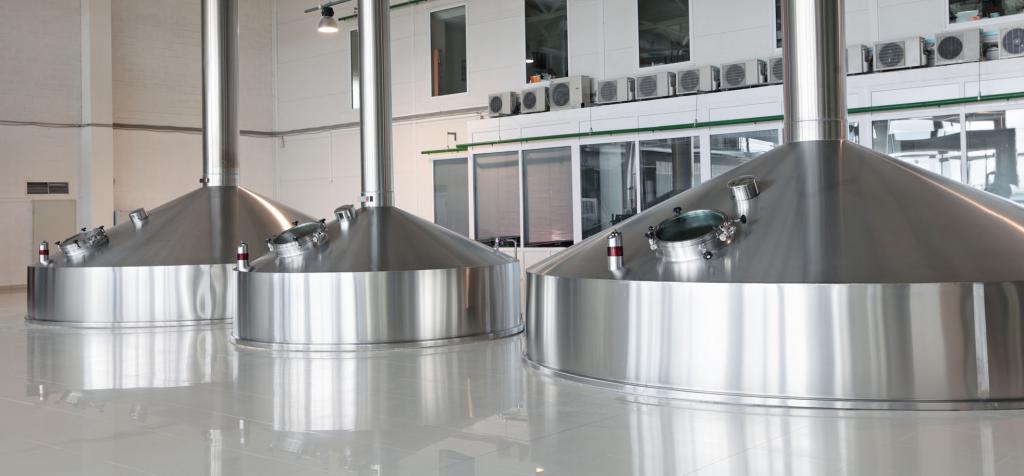
Documents and Rules
The existence of Federal Law 193 on agricultural cooperation is known to all persons participating in such associations on the territory of our country - well, or should be aware of both the existence of the act and its content. It is important to keep under control whether updates come out to him, what they are. But the fact that the first official document declaring the status of cooperation appeared back in 1995 is not known to everyone. It was adopted internationally and dedicated to the identity of cooperatives. The documentation was accepted in the form of a declaration. It indicates that the cooperative is an autonomous association of those interested, participating in the project on a voluntary basis and wanting to meet their needs through property opportunities that are owned on a common basis.
As follows from the latest edition of the Federal Law on Agricultural Cooperation, members of such a formation can be persons interested in this, that is, the variety of categories of participants is quite extensive. This is an individual, legal entity. In the first case, membership is individual, the second option is collective. There are also cooperatives where they settled on a mixed form. In order for the cooperative to have a more stable and independent position, such organizations are united in larger unions and associations. The forming associations may be at the level of a district, region, or larger — up to the planetary one. Unions of cooperatives are those participants in a market economy that are both economic and social entities. They are formed for the development of individual cooperatives, meeting the needs of all participants.
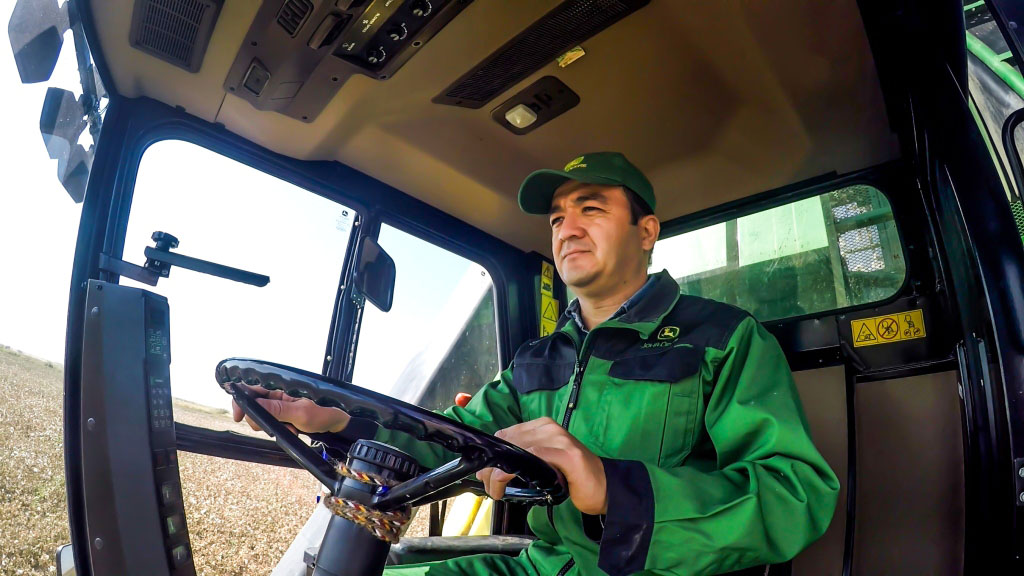
Standards and Norms
Of course, agricultural cooperatives of Russia have the right to introduce different items, rules and definitions, standards into their statutory documents, but there are internationally recognized values that are recommended to be adhered to within each individual. These were formulated back in 1995 at the above-mentioned meeting of the international level. It was then that they declared that cooperation should be open, voluntary, democratic, independent, ready to cooperate with other entities. Modern cooperation takes care not only of its own economic interests, but also of the public. Along with this, the association seeks to improve the qualification level of all members and to receive education.
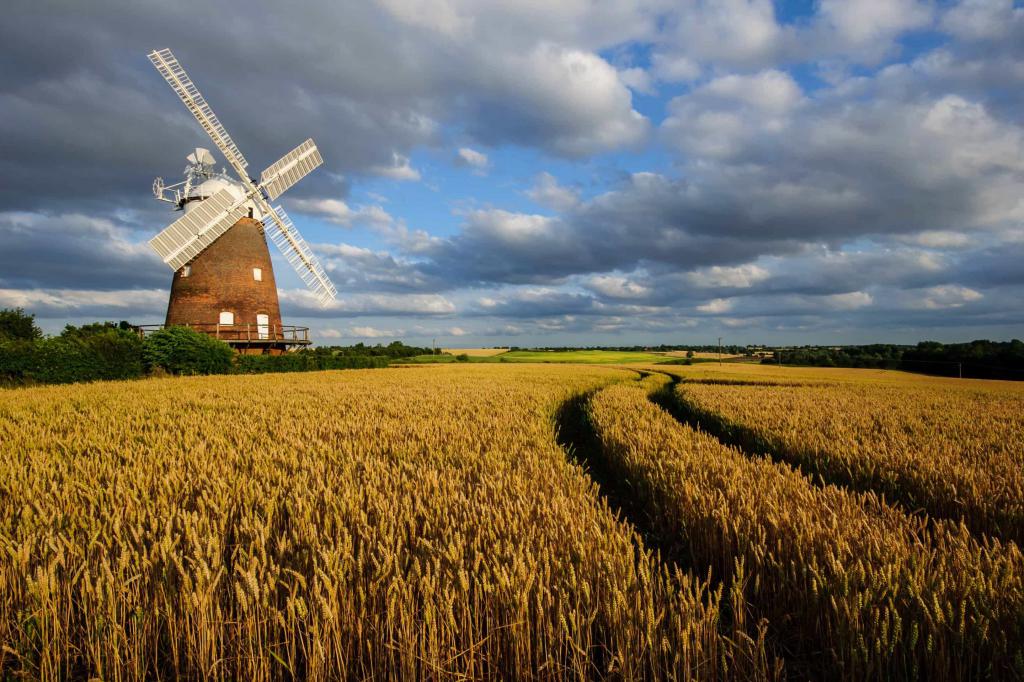
In the same 1995-v, a federal law on agricultural cooperation was adopted in our country. It prescribed that all associations of this format must be voluntary - you can not force anyone to become a member of the team. Participants in the cooperative should help each other, work in such a way that it brings profit not only to a particular person, but to all others accepted into the association. The laws declared: profits, losses should be evenly distributed among members. This takes into account how actively different people participate in the labor activity of the enterprise, how big their contribution to the activities of education is. If a person is not a member of a cooperation, he can participate in his activities only in a limited format.It has been established at the federal level that cooperations are governed by the rules of democracy, while all members have the right to receive timely and accurate information about the activities of education. Associates are entitled to limited returns on shares. This also applies to additional shares.
Work formats
There are two forms of agricultural cooperation: consumer, production. Collective farms are a classic representative of production cooperatives. The formation of new associations is quite rare, since many people who own land are not interested in the industrial scale of work. To bring together a sufficient number of willing owners together so as to jointly decide on the formation of a cooperative? - The task is far from simple. However, if this succeeds, the prospects will be more than excellent. This is due to the special conditions of sales, supply, credit and service. World practice has repeatedly demonstrated that cooperation is the most profitable, successful format of work.
Agricultural cooperatives are vertical, horizontal. If people are united within the same industry, the formation will be horizontal. Participants - two or more households, enterprises that have decided to combine their economic, technological capacities, organizational resources in order to improve the financial result. It was in this way that partnerships, artels, whose members worked together on land plots, were formed earlier. Subsequently, collective farms were created by a similar method, which were enlarged at the initiative of those responsible. The development of agricultural cooperation of this format is not the easiest task, but in fact, participants are faced with less difficulties than ordinary legal entities.
What else happens?
The modern program for the development of agricultural cooperatives actively supports the formation of not only horizontal, but also vertical structures. These are such forms in which enterprises from several industries participate at once. Firms working in various aspects of the agricultural sector are joining forces to better meet the needs of participants. This type suggests an abundance of various benefits. Many analysts agree that it is he who is the most promising and effective. Agricultural producers, by forming such cooperatives, are becoming stronger, are getting more opportunities. At the same time, the budgets of several farms, supply tasks, processing issues are solved centrally with the involvement of professionals in their field.

If we analyze the laws on agricultural cooperatives, the analytical work of economists on this topic, it becomes clear that there are various aspects on which the classification of cooperatives is based. At the same time, they pay attention to what education specializes in, what formats of work are implemented (associated membership, members of a cooperative). The division into groups is also based on the number of program participants. Different categories have different rules. So, the law on agricultural cooperation establishes that the holding of a general meeting of a legal entity in which more than three hundred participants can be organized in the presence of exclusively authorized representatives, if permitted by the organization’s charter.
SEC
Agricultural Consumer Cooperatives (SEC) are associations specializing in serving agricultural producers. The development of agricultural cooperatives in Russia in this form is relevant, as it allows providing an adequate environment for individual farmers, peasants - SECs serve and supply them with everything necessary.SECs work with production cooperatives, other agricultural enterprises, processors, sellers of products, those engaged in machinery, veterinary medicine, and other similar industries.
To understand whether a particular person belongs to the SEC, first of all, it is necessary to study the Federal Law on agricultural cooperation. It indicates which areas of activity must be followed in order to fall into this category. However, economists believe that such a condition is not the most important, since production cooperations are engaged in similar activities along with the SEC. The main difference is that production cooperatives are civil associations, where each individual participant works, thereby taking part in the manufacture of the product and the provision of service. In total, this provides the association with profit. SPK, in turn, represent the formation of legal entities, individual entrepreneurs, directing certain functions to the association within the framework of the agreed format of activity. Actually, the work is performed by workers employed in the cooperative, that is, hired labor.
SEC, as follows from the Federal Law on Agricultural Cooperation and Specialized Literature, can be classified as second-level, inter-farm, and vertical organizations. Half of the work of such an association (or more) should be performed for its members. Mutual contributions differ in size for different participants, they correspond to the volume of activity of different persons in the activities of the association.
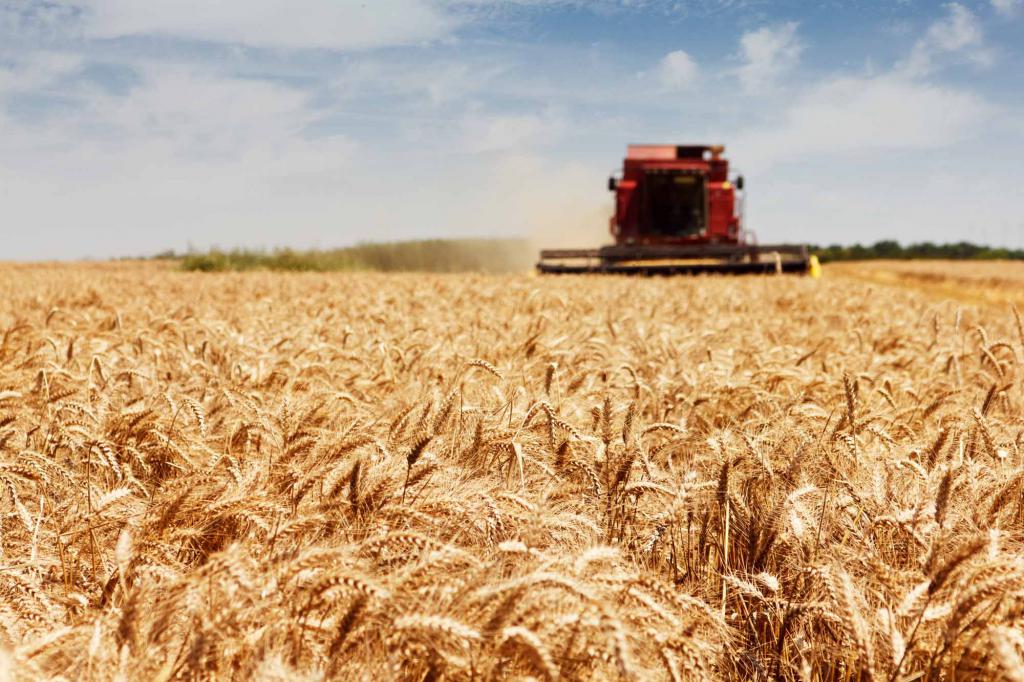
Production Associations
The development of agricultural cooperation is impossible without understanding the importance of production cooperatives. There are several varieties of such associations - collective farms, cooperative farms, others, in the specialized literature denoted by the term "others." Cooperative farms are the newest format. It was introduced by the aforementioned Federal Law on cooperation in agriculture. Co-farms are organizations into the fund of which property is contributed in shares, while land remains in the ownership of members. This format of cooperation is optimal for those citizens who, on their own, run a farm - auxiliary, peasant, but are interested in uniting with similar persons. At the same time, a kind of activity — the processing of a land plot or the manufacture of a specific type of product — is a factor for the association.
Like the development of agricultural consumer cooperatives, the improvement of production cooperatives is one of the basic pillars for the success of the agricultural sector at the federal level. Mostly they are represented by collective farms, and most of them were formed during the Soviet period. It is worth recognizing that to this day, many have not brought the charters into line with the new federal laws - they still comply only with those approximate norms that were introduced by Soviet legal acts. But from the legislation it follows that even before the beginning of 1997, all legal entities working in this format should have changed their charters in accordance with the requirements of the updated legislation. Special recommendations were even issued from the Ministry of Finance explaining how to do this as quickly as possible, but not to make mistakes.
Both here and there
The current version of the law on agricultural cooperation has been relevant since July 3, 2016. It should be known to everyone who plans their business in this form. It is worth starting, it can be seen from the experience of many enterprises in various parts of the world. Statistics show that cooperation is the path to success both in developed economies and in developing countries.Equally beginning to work in this format are associations of Americans, Japanese and Indians, Russians and Brazilians, Germans — in a word, Europe and Asia, America and the far eastern, southern regions are subject to approximately the same laws. Through cooperation it is convenient to concentrate efforts, opportunities, resources. Large-scale commodity production has always had and will have advantages of a relatively small form, which stimulates an nonequivalent exchange between producers and related industries. The development of cooperatives has led to the particular urgency of improving institutions that would protect the interests of individuals involved in agriculture.
In our country, a special emphasis is currently placed on the development and support of industries that have chosen agriculture for themselves and work in the format of small or medium-sized businesses. To improve the conditions of such associations, normative acts are adopted, state programs are introduced that facilitate various aspects of doing business. It has been established at the federal level that the power’s task is to provide individuals engaged in agricultural business with access to loans, an extensive supply and distribution network, as well as product processing facilities.
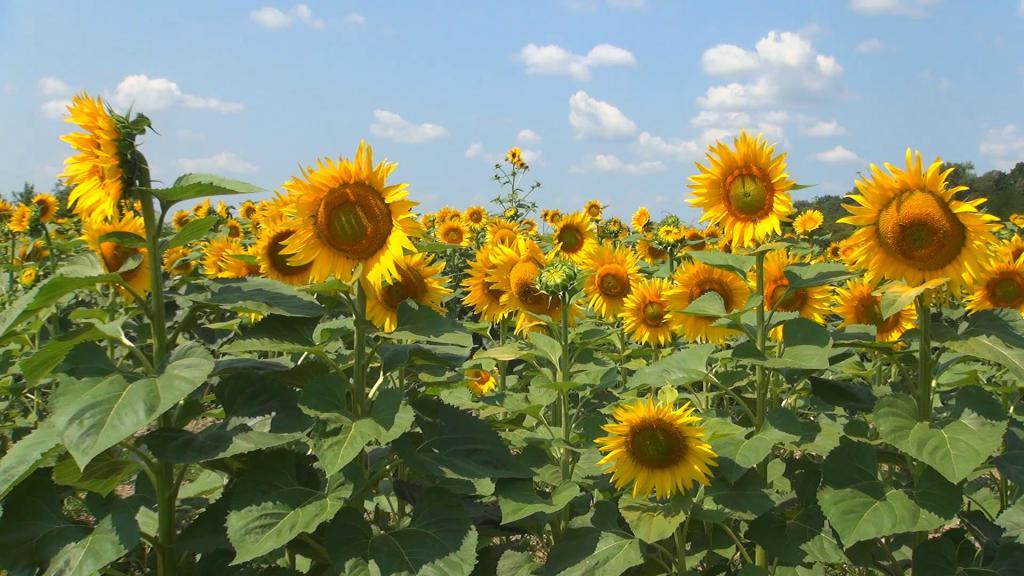
Government concepts regulate the most priority areas of work in order to ensure cooperation with everything necessary. For this, employment must be effective, and jobs modern and technological. The task of the authorities is to stimulate an increase in the number of jobs, as well as to make self-employment in agriculture more profitable, promising, and reliable. Knowing the main problems of this sphere, it is possible to work out effective ways to solve them - this is exactly what the government programs have been dedicated to, for more than a decade, aimed at improving the situation.
